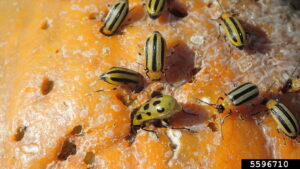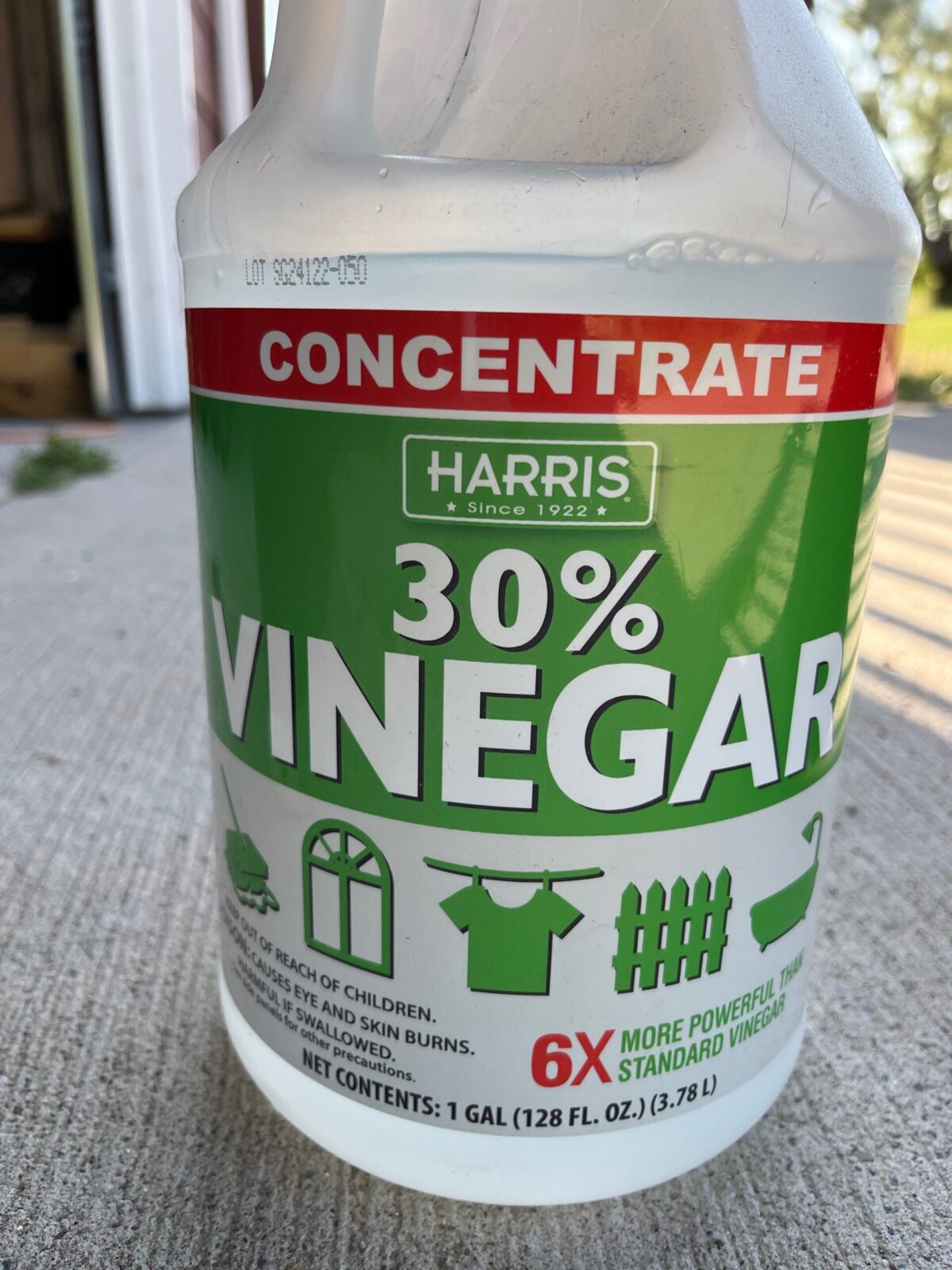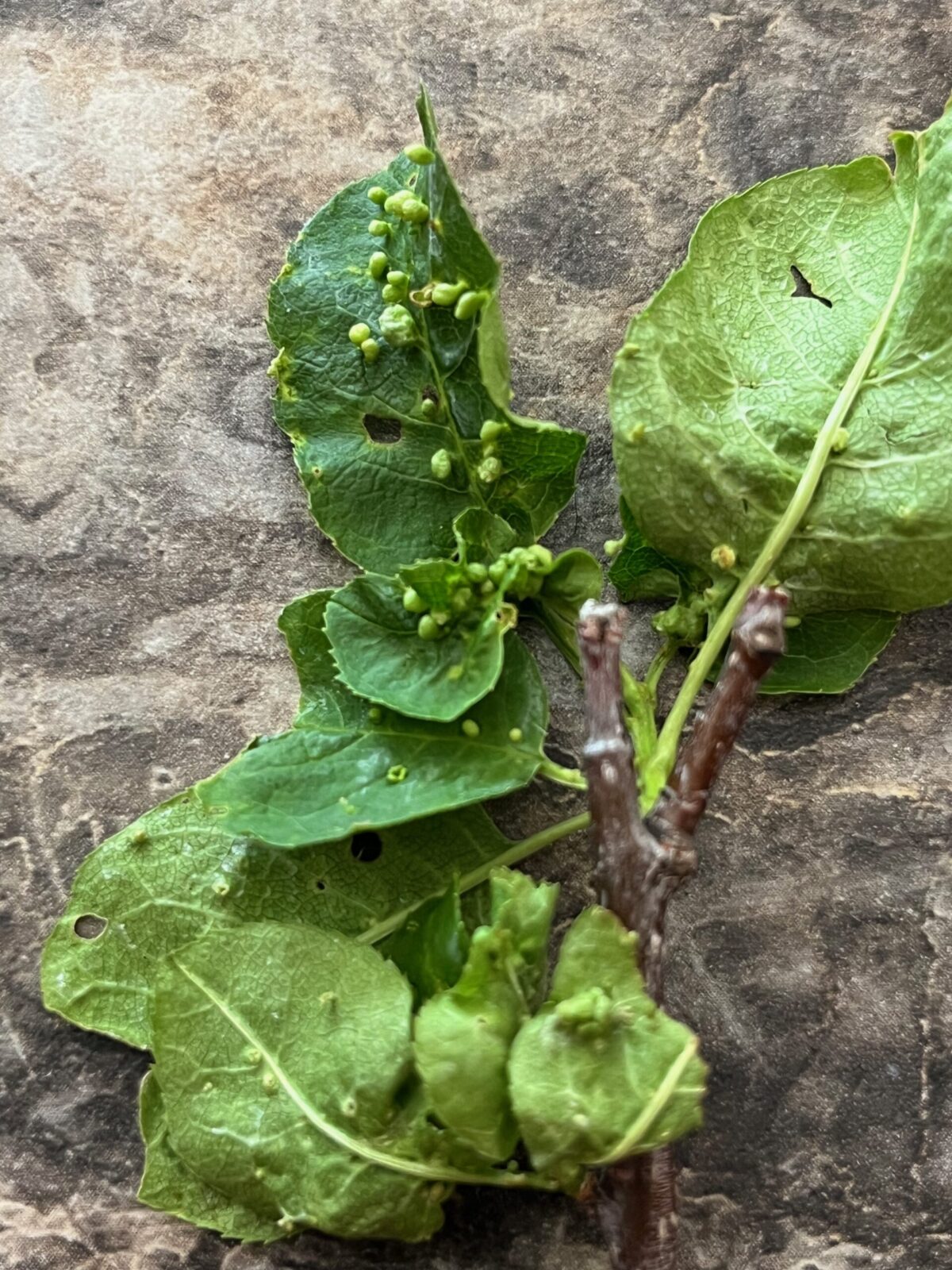How to Handle the Cucumber Beetle
Views: 280

I never used to like cucumbers for some reason, but after having to grow multiple varieties to review for articles, I really fell in love with the summertime vegetable. The problem is they are susceptible to some pretty significant pests. One of the most concerning is the cucumber beetle, which not only damages the plant, but is a vector for disease.
Cucumber Beetle Identification
In home gardens, the spotted and striped cucumber beetles are the main bad characters to watch for during the season. The striped cucumber beetle (Acalymma vittatum) and spotted cucumber beetle (Diabrotica undecimpunctata howardi) both look similar. They are only 1/5 of an inch long, they both have yellow wings, a black antennae and a black head. The difference, not surprisingly, is the striped cucumber beetle has black stripes down its back and the spotted one has 12 black spots.
Cucumber Beetles – University of Wisconsin
Lifecycle of Striped Cucumber Beetle
Although both cucumber beetles look very similar, they do have different lifecycles. Found even in northern climates, the striped cucumber beetle, sometimes overwinters in garden debris. They typically emerge towards the end of May, or into June, and the adults prefer the early summer blossoms. They lay eggs in the soil, and when they hatch, the larvae feed upon the roots of the plants. And as they develop into adults, they’ll migrate to the upper parts of the plant and feed on those leaves.
How the Spotted Cucumber Beetle Lives
Spotted cucumber beetles prefer the warmer climate of the southern United States, although they do migrate north during the summer. What is curious about these beetles is they will actually lay eggs around corn and other plants that are not in the squash family. But once again, after the eggs hatch, the larvae feed upon the roots before heading to the cucumber plants.
How to Identify Cucumber Beetle Damage
Damage done by feeding is most evident on small plants, especially with the striped cucumber beetle. Many times they will target young plants, and can feed upon them severely enough to weaken or kill them. As the cucumber plants mature, and produce blossoms, the damage might be less noticeable, unless there is significant pest pressure.
The biggest problems caused by striped cucumber beetles, in particular, is that they can carry bacterial wilt. The most common way to spot this disease is the wilting of the plant, as indicated by the name. The challenge is to figure out whether this condition is due to the bacterial infection or a result of the burrowing activity of squash vine borers.
The easiest way to determine what is going on is to cut a stem and slowly pull it apart. If it oozes a whitish, slimy gunk, it is bacterial wilt. If it does not, it is most likely caused by the squash vine borer, and you will need to take measures to correct that pest situation.
Prominent Pests and Potential Diseases of Cucumbers
What Can You Do?
This holds true for pretty much all garden pests, but the best cure is a bit of prevention. In order to discourage the striped cucumber beetle in your area, be sure to plant cucumbers in different locations every year. And clean up the debris at the end of the season. You don’t want to give them any place to stay for the winter.
During the summer, keep a close eye on those young plants. If cucumber beetles are a problem for you, use a lightweight floating row cover just to provide some sort of barrier.
Another strategy is planting a cucumber plant or two near your main crop, if you have the room to do so. Cover your main cucumbers, but treat the extra ones as a trap crop. This way, when you see the cucumber beetles congregating on the excess plants, you can spray them with Neem oil or a Pyrethrin based product.
Cucumber beetles can be problematic, but as long as you stay on top of them from the beginning of the season, it is possible to enjoy these delicious vegetables without competing too much against the beetles.
Meet Amy Grisak
Amy is a freelance author and photographer in Great Falls, MT who specializes in gardening, foods, and sustainable agriculture. She provides information on every kind…
Amy's Recent Posts

Grab Vinegar to Eliminate Weeds








